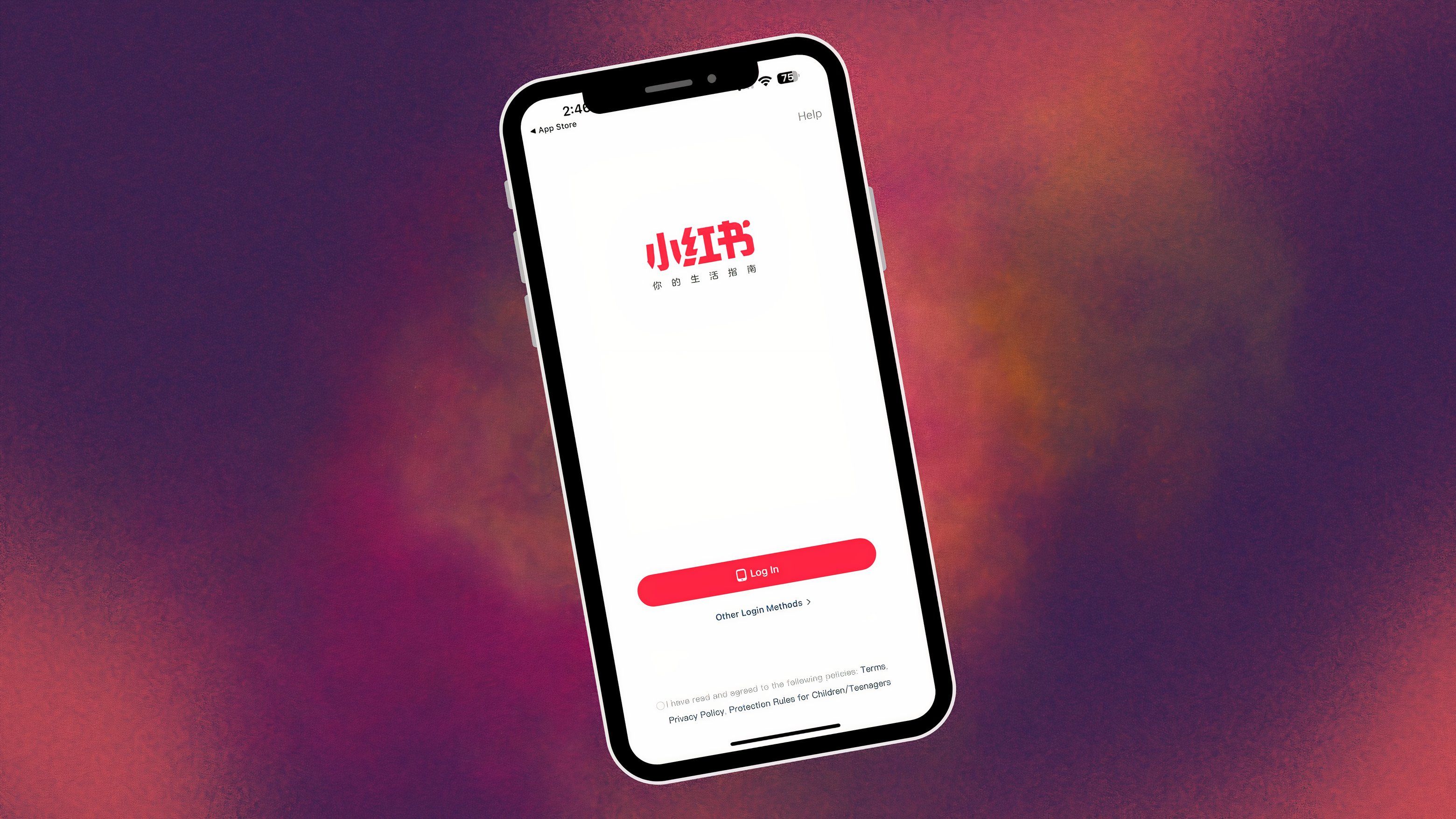The Ultimate Guide: 5 Tips

Welcome to the comprehensive guide on mastering the art of productivity and unlocking your full potential. In today's fast-paced world, where time is a precious commodity, maximizing productivity has become an essential skill. Whether you're a student aiming for academic excellence, a professional striving for career success, or an individual seeking personal growth, these five powerful tips will revolutionize your approach to getting things done efficiently.
Let's dive into the world of productivity and explore strategies that will help you accomplish more, stress less, and live a more fulfilling life.
1. Set Clear Goals and Prioritize

The foundation of effective productivity lies in setting clear and well-defined goals. When you have a clear vision of what you want to achieve, it becomes easier to focus your efforts and stay motivated. Start by breaking down your long-term goals into smaller, manageable tasks. This not only makes your goals more achievable but also provides a sense of progress and accomplishment along the way.
Once you have identified your goals, prioritize them based on their importance and urgency. The Eisenhower Matrix, a popular time management technique, suggests categorizing tasks into four quadrants: urgent and important, important but not urgent, urgent but not important, and neither urgent nor important. By allocating your time and energy to the tasks in the first two quadrants, you can ensure that your most crucial objectives are met first.
| Goal Setting Tips | Examples |
|---|---|
| Use the SMART goal framework: Specific, Measurable, Achievable, Relevant, Time-bound. | Instead of a vague goal like "Get fit," set a specific goal like "Run a 5K race in 3 months." |
| Break down large goals into smaller milestones. | If your goal is to write a book, set milestones for completing chapters or word counts. |

2. Master Time Management with Efficient Scheduling

Efficient time management is the key to unlocking your productivity potential. By planning and scheduling your tasks and activities, you can make the most of your time and avoid the pitfalls of procrastination and last-minute rushes.
Start by creating a realistic daily or weekly schedule that allocates specific time slots for different tasks. Consider your energy levels and productivity peaks throughout the day to schedule your most challenging tasks during those periods. For example, if you're a morning person, tackle complex projects early in the day when your focus and concentration are at their best.
Utilize time-blocking techniques to dedicate focused blocks of time to specific tasks. This helps minimize distractions and prevents task switching, which can hinder productivity. Set clear boundaries and communicate your availability to others to reduce interruptions and maintain your scheduled workflow.
Effective Time-Blocking Strategies
- Deep Work Sessions: Schedule uninterrupted blocks of time for focused work on a single task. This approach, popularized by Cal Newport, allows you to enter a state of intense concentration and accomplish more in less time.
- Time Batching: Group similar tasks together and allocate dedicated time slots for each category. For instance, schedule a block for responding to emails, another for creative work, and so on. This method improves efficiency by leveraging your mental state and minimizing context switching.
- Time-Based Prioritization: Assign priority to tasks based on their estimated time requirements. This ensures that time-sensitive tasks are addressed promptly and helps you manage your time more effectively.
3. Eliminate Distractions and Create a Productive Environment
In today’s digital age, distractions are rampant, often derailing our productivity and focus. To maximize your output, it’s crucial to identify and eliminate potential distractions from your work environment.
Start by evaluating your physical workspace. Ensure it is organized, tidy, and free from clutter. A clean and well-designed space can significantly enhance your focus and productivity. Consider implementing the KonMari method, popularized by Marie Kondo, to declutter and organize your workspace, fostering a sense of calm and productivity.
Digital distractions, such as constant notifications and social media interruptions, can be particularly detrimental to your focus. Implement strategies to minimize these distractions. Turn off non-essential notifications, use website blockers to restrict access to time-wasting sites during work hours, and consider using productivity apps that help you stay on track.
| Productive Environment Tips | Examples |
|---|---|
| Create a dedicated workspace. | Set up a home office or designate a specific area for work to signal your brain that it's time to focus. |
| Minimize noise distractions. | Use noise-canceling headphones or play ambient sounds to create a peaceful atmosphere. |
| Adjust lighting and temperature. | Natural light and a comfortable temperature can boost productivity and well-being. |
4. Embrace Productivity Tools and Technology
In the digital era, a wide array of productivity tools and technology can significantly enhance your efficiency and output. From task management apps to productivity suites, these tools can help you streamline your workflow, collaborate effectively, and stay organized.
Consider using project management software to organize your tasks, set deadlines, and track progress. Tools like Asana, Trello, or Microsoft Project offer features such as task assignments, progress tracking, and real-time collaboration, making it easier to manage complex projects and stay on top of your workload.
For efficient note-taking and information management, digital note-taking apps like Evernote or OneNote can be invaluable. These apps allow you to capture ideas, research, and to-do lists in a centralized location, accessible across multiple devices. They often come with powerful search features, making it easy to retrieve information quickly.
Top Productivity Tools
- Todoist: A popular task management app that allows you to create to-do lists, set reminders, and collaborate with others.
- Toggl: A time-tracking app that helps you monitor how you spend your time, providing valuable insights for improving productivity.
- Forest App: This unique app helps you stay focused by growing virtual trees while you work. If you leave the app, your tree dies, encouraging you to stay on task.
5. Practice Self-Care and Maintain Work-Life Balance

Productivity is not solely about working harder; it’s also about working smarter and taking care of yourself. Maintaining a healthy work-life balance is crucial for sustaining your productivity levels over the long term.
Make time for regular exercise and physical activity. Physical movement not only improves your overall health but also boosts your energy levels and cognitive function, enhancing your productivity. Additionally, prioritize quality sleep. Aim for 7-9 hours of uninterrupted sleep each night to ensure your body and mind are well-rested and ready to tackle the day's challenges.
Incorporate relaxation and stress management techniques into your routine. Practices such as meditation, deep breathing exercises, or yoga can help reduce stress, improve focus, and promote a sense of calm, all of which contribute to enhanced productivity.
| Self-Care and Work-Life Balance Tips | Examples |
|---|---|
| Set boundaries and unplug. | Establish specific work hours and avoid checking emails or work-related tasks outside of those times. |
| Prioritize social connections. | Schedule time for friends and family, as social connections are essential for overall well-being. |
| Practice mindfulness and gratitude. | Take a few minutes each day to reflect on what you're grateful for, which can improve your overall outlook and satisfaction. |
Conclusion
Productivity is a powerful tool that can help you achieve your goals, both personally and professionally. By implementing these five tips—setting clear goals, managing your time efficiently, creating a distraction-free environment, utilizing productivity tools, and prioritizing self-care—you’ll be well on your way to unlocking your full potential and accomplishing more in every aspect of your life.
So, embrace the journey of productivity, stay focused, and watch your productivity soar to new heights.
How can I stay motivated when facing challenging tasks or projects?
+Motivation can be a challenge, especially when faced with daunting tasks. Break down large projects into smaller, manageable steps, and celebrate each milestone achieved. Set realistic expectations and reward yourself for reaching goals. Additionally, find an accountability partner or join a community of like-minded individuals to stay motivated and inspired.
What are some time management techniques for busy professionals with multiple responsibilities?
+Busy professionals can benefit from time-blocking techniques, where specific time slots are dedicated to different tasks or responsibilities. This helps minimize multitasking and ensures focused attention on each task. Prioritize tasks based on urgency and importance, and delegate or outsource tasks whenever possible to free up your time.
How can I overcome procrastination and develop better self-discipline?
+Procrastination is a common challenge, but it can be overcome with the right strategies. Start by identifying the underlying causes of your procrastination, whether it’s fear of failure, perfectionism, or a lack of clarity. Set clear goals, break tasks into smaller steps, and hold yourself accountable by sharing your goals with others. Use productivity tools and time-blocking techniques to create a structured routine.
What are some effective strategies for managing digital distractions and staying focused in the digital age?
+In today’s digital world, managing distractions is crucial. Turn off non-essential notifications, use website blockers or productivity apps to limit access to time-wasting sites, and dedicate focused blocks of time to specific tasks. Communicate your availability to others to reduce interruptions. Additionally, practice mindfulness and take regular breaks to recharge and refocus.
How can I ensure that my productivity habits are sustainable and long-lasting?
+Sustainability is key to long-term productivity. Focus on developing healthy habits and routines that support your well-being. Prioritize self-care, including exercise, nutrition, and quality sleep. Practice stress management techniques and set realistic goals. Continuously evaluate and adjust your habits based on your progress and changing circumstances.



